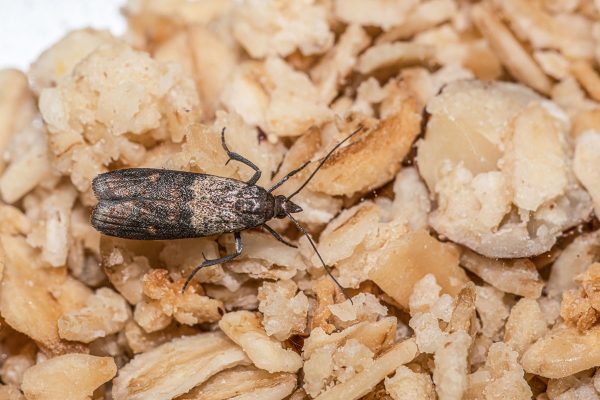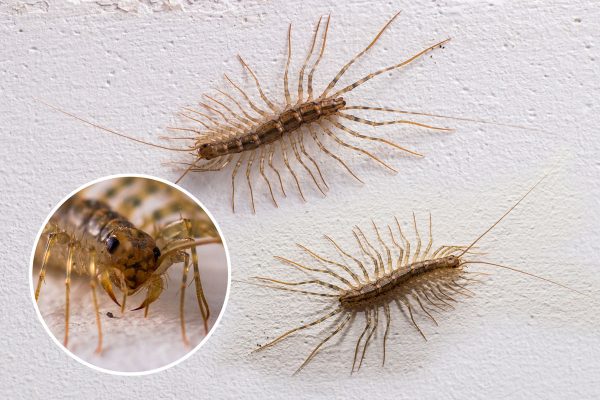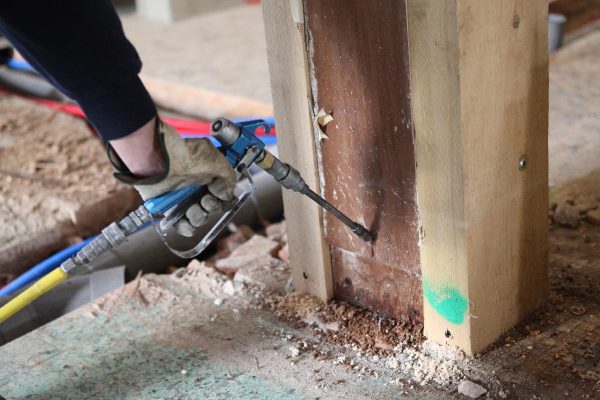Have you ever seen a bald-faced hornet? They're surely bigger than bees and wasps, which can make you wonder how big they can get. We researched this information from legitimate sources for your reading pleasure.
A fully-grown adult bald-faced hornet can vary in size between 1/2-inch to 5/8-inch (12mm-15mm). Their queen is bigger at around 3/4-inch (18-20mm) in length. It's possible for queens to grow a little over an inch in size.
If you want to learn more about their growth cycle, do read further below. We'll give you the full information on their length, how to identify them, and how to protect yourself from their aggressive behavior.
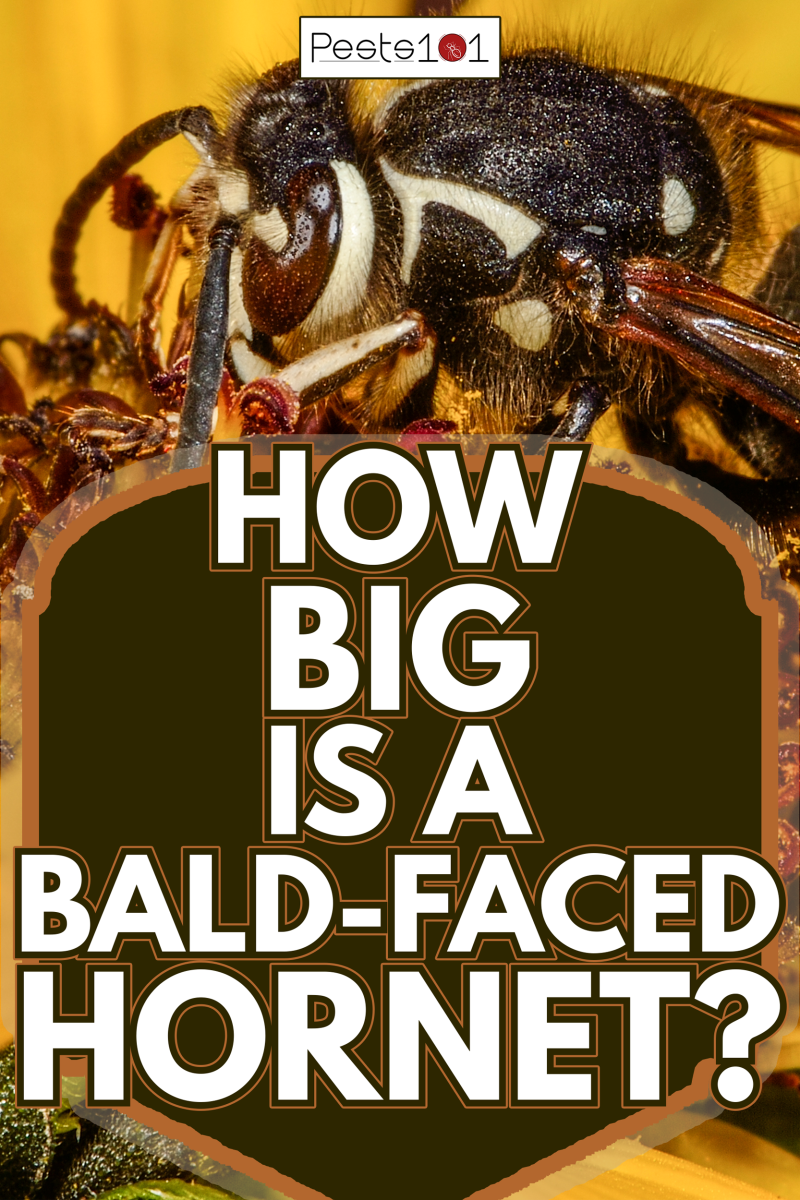
How Big Is A Bald-Faced Hornet?
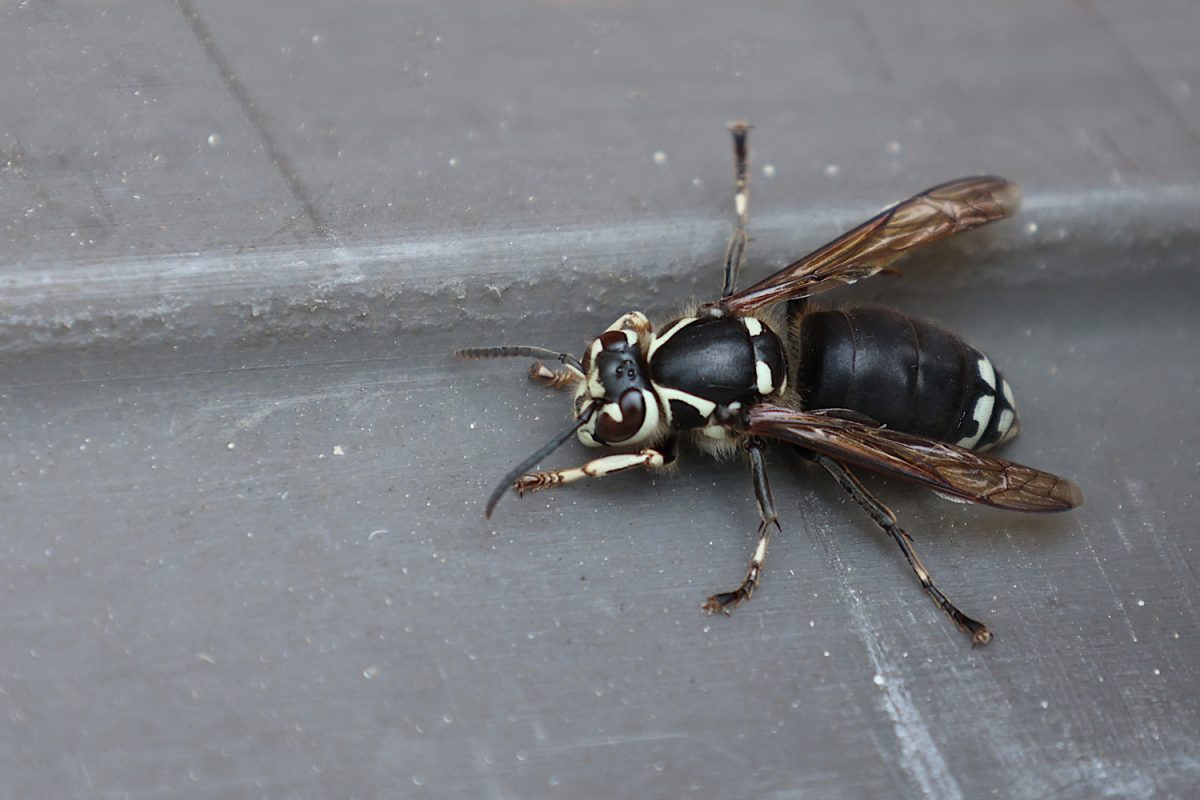
A full-grown adult bald-faced hornet (Dolichovespula maculata) varies in length between 1/2-inch to 5/8-inch (12mm-15mm). The worker hornets are in the shorter range while their queen is in the larger size range. Queens can grow to around 3/4-inch (18-20mm) up to a little more than an inch.
This size distribution, however, is not always strictly followed. In some colonies, there are a few worker bees that might grow as big as the queen.
Bald-faced hornets go through four stages in their life cycle: egg, larva, pupa, and the adult stage. it will take 6 days before the egg hatches into a larva. It will stay as a larva for 8 days before it transforms into a pupa and eventually grow into an adult.
How Big Is A Bald-Faced Hornet Queen?
A bald-faced hornet queen can grow around 3/4-inch (18-20mm) in length. You can easily identify a queen in a colony because of its size but it won't look much different from its workers. There will only be one queen inside a hornet's nest.
The life of a bald-faced hornet's queen is devoted entirely to producing a colony. Her life will start after waking up from hibernation. She will find a place to build a nest and lay her eggs. She will care for the first set of eggs all on her own.
When she produces enough batches of worker hornets, she will devote her time to producing more eggs and increasing the colony. By the end of the year, she will start producing fertile female hornets, which will become the future queens.
As these fertile females start to hibernate, the fate of the old queen is left to die inside the nest together with the rest of the worker colony.
How Do I Identify A Bald-Faced Hornet?
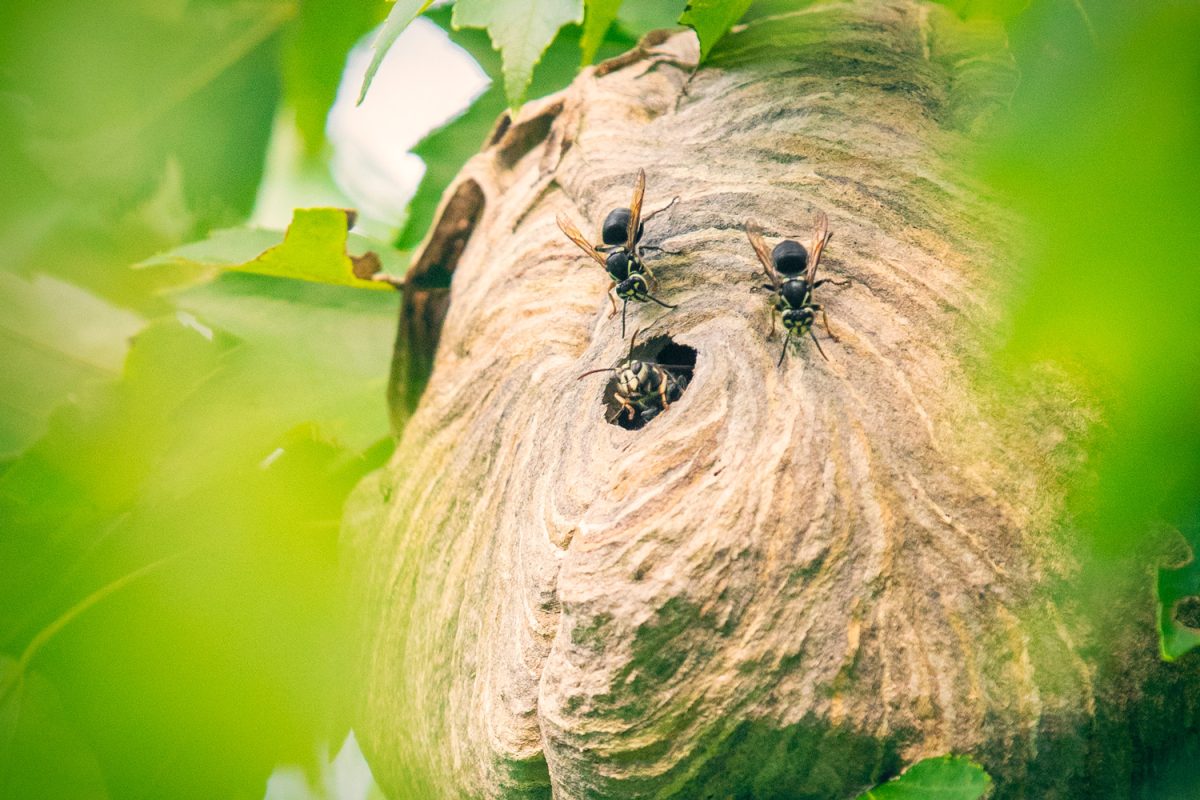
Bald-faced hornets have thin, black-colored bodies similar to wasps. They can easily be differentiated by the white patches on their head and two white lines on their thorax (along the shoulder area). They also have three white stripes near their abdomen.
When you see one flying, you can tell it's not a bee because hornets are black and larger. Their white features will be distinctive and they become aggressive once you come near their nest.
What Happens If You Get Stung By A Bald-Faced Hornet?
Bald-faced hornets have stingers near their abdomen that release a venom that triggers pain and allergic reaction. This venom is a mix of complex proteins that they can also spray on their target's eyes.
Unlike bees that die when they sting, bald-faced hornets survive this action and cause them no damage. They are able to sting their target multiple times to inflict pain, will chase you, and even call for backup.
What Do You Do If A Hornet Chases You?
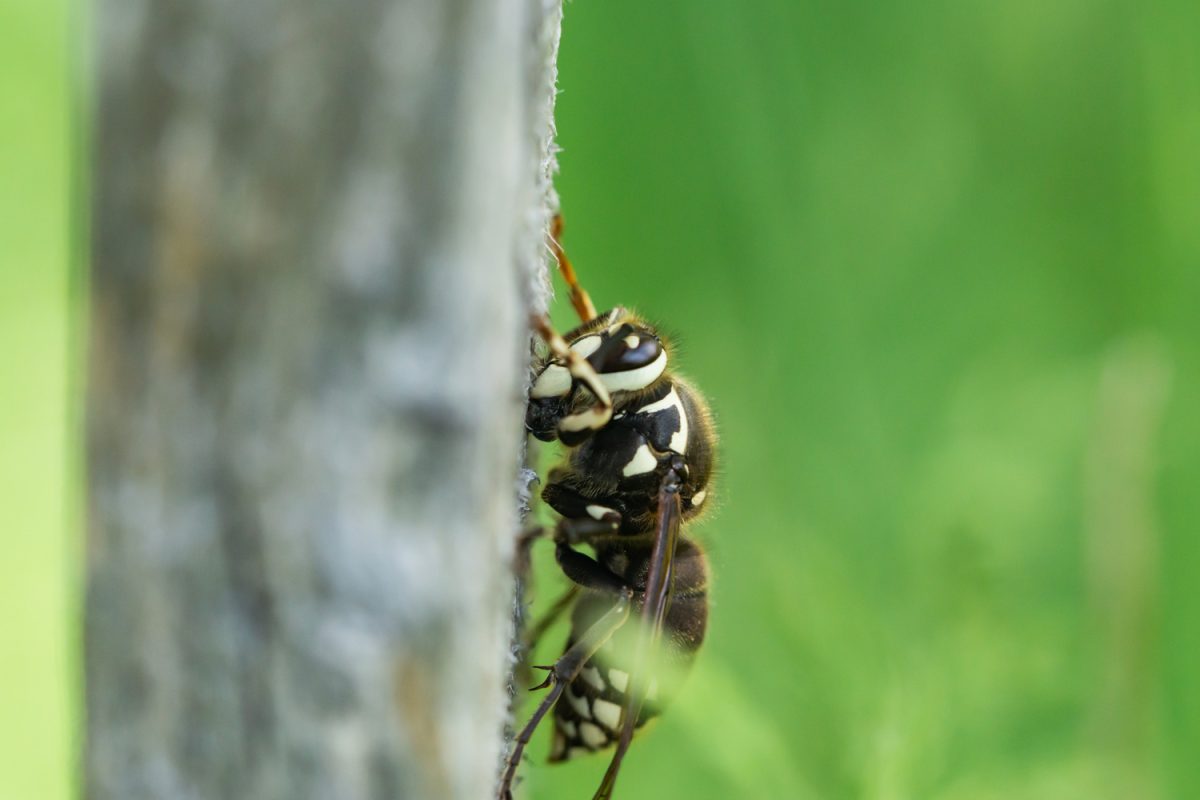
Bald-faced hornets are very territorial and will attack anything that comes within three feet of their home. It's best to stay away from them, but if you accidentally walked into their nest area, move away quickly without swaying your arms.
If they start stinging and chasing you, do not make any major movement or start swatting them. This will only make the situation worse. The less movement you make, the more they will feel less threatened.
However, if a swarm starts chasing you, run as fast as you can in a straight line with as little arm movement as possible. Once you are about 50 to 100 feet away from their nest, there is a big chance they will stop chasing. They don't usually venture too far away from their nest because it's their natural instinct to protect it.
How Do You Keep Bald-Faced Hornets Away?
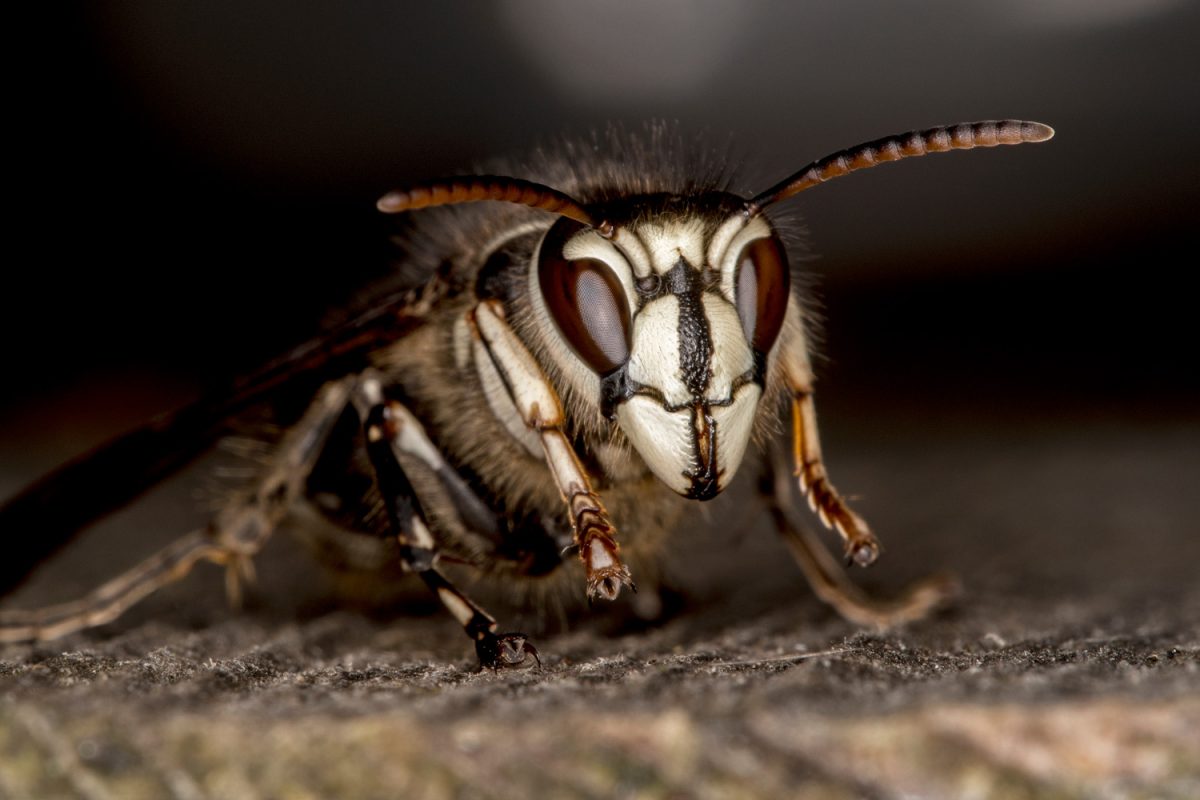
If your area is a favorite nesting place of hornets, it's important to be proactive and keep your home safe, especially during nesting season. There are several ways to keep them away and below are some of them.
Hornet Trap
You can make a DIY wasp trap and place them around your home using an empty plastic bottle, dish soap, and food such as sugar or meat that will entice them.
You can also purchase a hornet trap if you don't want to make your own. There are a lot of interesting designs to choose from, not just to trap hornets but also for wasps, mosquitoes, and other types of insects.
Check Out This Solar-Powered Trap On Amazon!
Set Up A Bird Feeder
Having a bird feeder near your home means you will attract birds within your area that feeds on hornets, wasps, and other such insects. You can DIY your bird feeder or purchase one with a beautiful design to complement your home.
Some of the birds that eat these types of insects safely are blackbirds, swallow, robins, wrens, blue jays, and warblers.
Check out this beautiful Twinkle Star bird feeder on Amazon!
Spray Repellants
You can use natural and commercial-bought repellants to keep bald-faced hornets away. They can also be used to eliminate a nest. The good thing about spray repellants is that they can be sprayed at least 20 feet away.
Spraying a bald-faced hornet's nest is best done at night when they are inactive and all the hornets are gathered inside the nest.
Check out this Hornet and Wasp Repellant on Amazon!
Hornet-repelling Plants
The natural scent of plants such as citronella, eucalyptus, and thyme, can keep hornets away. Place them around your house and use the extract of these plants to create a repellant spray. These plants can also repel other insects such as wasps and mosquitos.
Other Ways
Keeping the yard clean at all times will keep the hornets from scouring your home of any food source. You should also check your home for possible cracks and seal them with a caulking agent to prevent hornets from nesting.
Avoid sweet smells and bright lights around your home as these can attract hornets. Close your windows at night, especially when your light is open to keep them from entering.
For your safety, stay away from their nest and not attempt to remove it without using the proper items and following safety procedures. If unsure about what to do, seek the help of a professional pest control service.
Wrapping Up
Thank you for reading through. We hope we were able to answer your question about how big a bald-faced hornet is. To recap, they are 1/2-inch to 5/8-inch (12mm-15mm) in length while their queen is around 3/4-inch (18-20mm).
For further reading about bald-faced hornets, check out these other interesting articles:
How To Find Bald Faced Hornet Nest?




